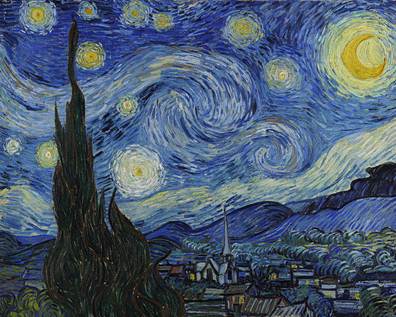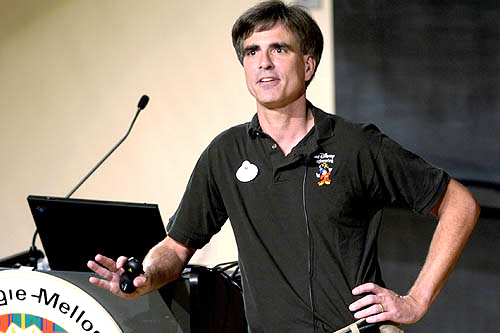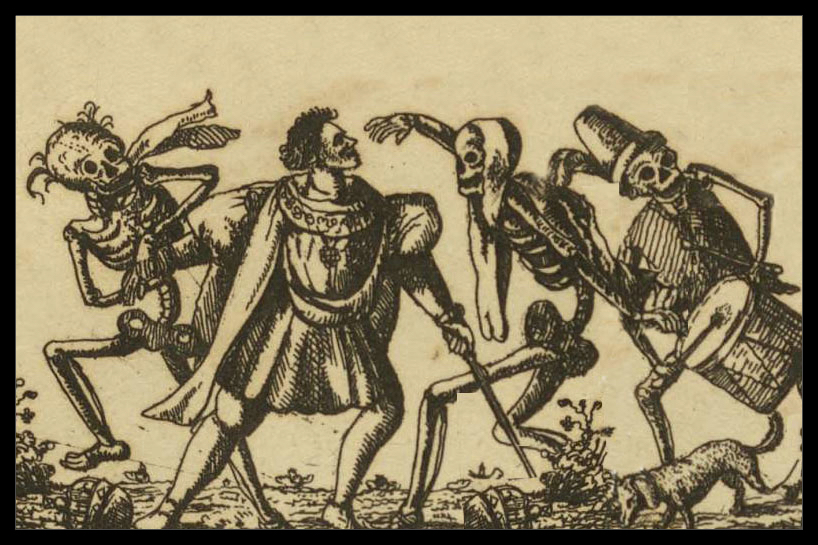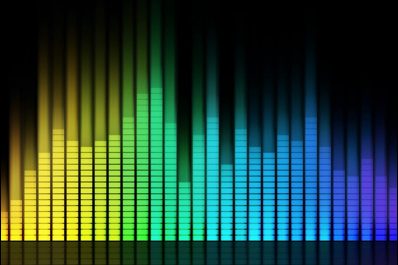Then and Now
I have no musical ability…none. Nevertheless, I need music while teaching online, writing, or just in my home. My music must be instrumental when teaching or writing, or I can’t concentrate. One of my favorite classical arrangements is Modest Mussorgsky’s Pictures at an Exhibition. That piece of music has a fascinating naissance.
In the late 19th century, Vladimir Stasov, an art critic in St. Petersburg and friend of Mussorgsky, introduced him to Victor Hartmann. Hartmann and Mussorgsky came from different artistic worlds: painting and music, but they became good friends. Each was driven to excellence in their chosen professions.

Viktor_Hartmann Modest Mussorgsky
That’s the backstory. Enter Czar Alexander Romanov II of Russia. Alexander II managed to avoid being killed by an assassin. He was overjoyed by his miraculous good fortune that he wanted to express his thanksgiving for escaping what he called “the event of 4 April 1866.”

After some pondering, Alexander II came up with a great idea. To enshrine his divine deliverance, he decided to have a national contest. He wanted the Russian people to come up with some ideas about a building or monument to commemorate God’s hand in saving such a wondrous czar of Russia.
Hartmann thought that Kiev needed a gate to the city. This is Hartmann’s architectural drawing of The Great Gate of Kiev.

As a former art history professor, Hartmann’s drawing wasn’t comparable to the Brandenburg Gate. Nonetheless, Alexander II deemed it the best in all of Russia and announced his decision. Hartmann was ecstatic. However, Alexander II must have forgotten about the assassination attempt on his life and forgot about building the Great Cate of Kiev.
Tragically, Hartmann died of an aneurysm in 1873 at 39. Stasov, the art critic who introduced Hartmann to Mussorgsky, put together a unique memorial service for Hartmann of many paintings at the Academy of Fine Arts in St. Petersburg, Russia.
Mussorgsky went to the memorial service and was emotionally moved by all the paintings. He returned home and wrote the suite in less than three weeks, Pictures at an Exhibition – A Remembrance of Viktor Hartmann. Mussorgsky transferred his emotional feelings while viewing Hartmann’s paintings into music. This is the Great Gate of Kiev.
As for Czar Alexander II, there were four more attempts on his life. However, on March 13, 1881, in St. Petersburg, three assassins made small satchel bombs. The first was thrown under Alexander II’s carriage, but it didn’t harm him. Another group member threw one at the czar, which severely wounded him.

It was apparent that the third bomb wouldn’t be needed. The czar was taken to the Winter Palace in St. Petersburg, where he died within a few minutes of reaching the palace. Alexander II’s son commissioned the construction of the Church of the Savior on Spilled Blood. The spilled blood wasn’t Christ’s spilled blood but that of Alexander II.

Church of the Savior on Spilled Blood
Enter the second czar, who happened to have been born in St. Petersburg, not far from the Winter Palace. There was a transfer of haughtiness of Alexander II to Putin, similar to Mussorgsky transferring Hartmann’s paintings into music.
Czar Putin will save the day for Mother Russia from those bad Ukrainians, NATO, and Americans.

Follow @mountain_and_me











